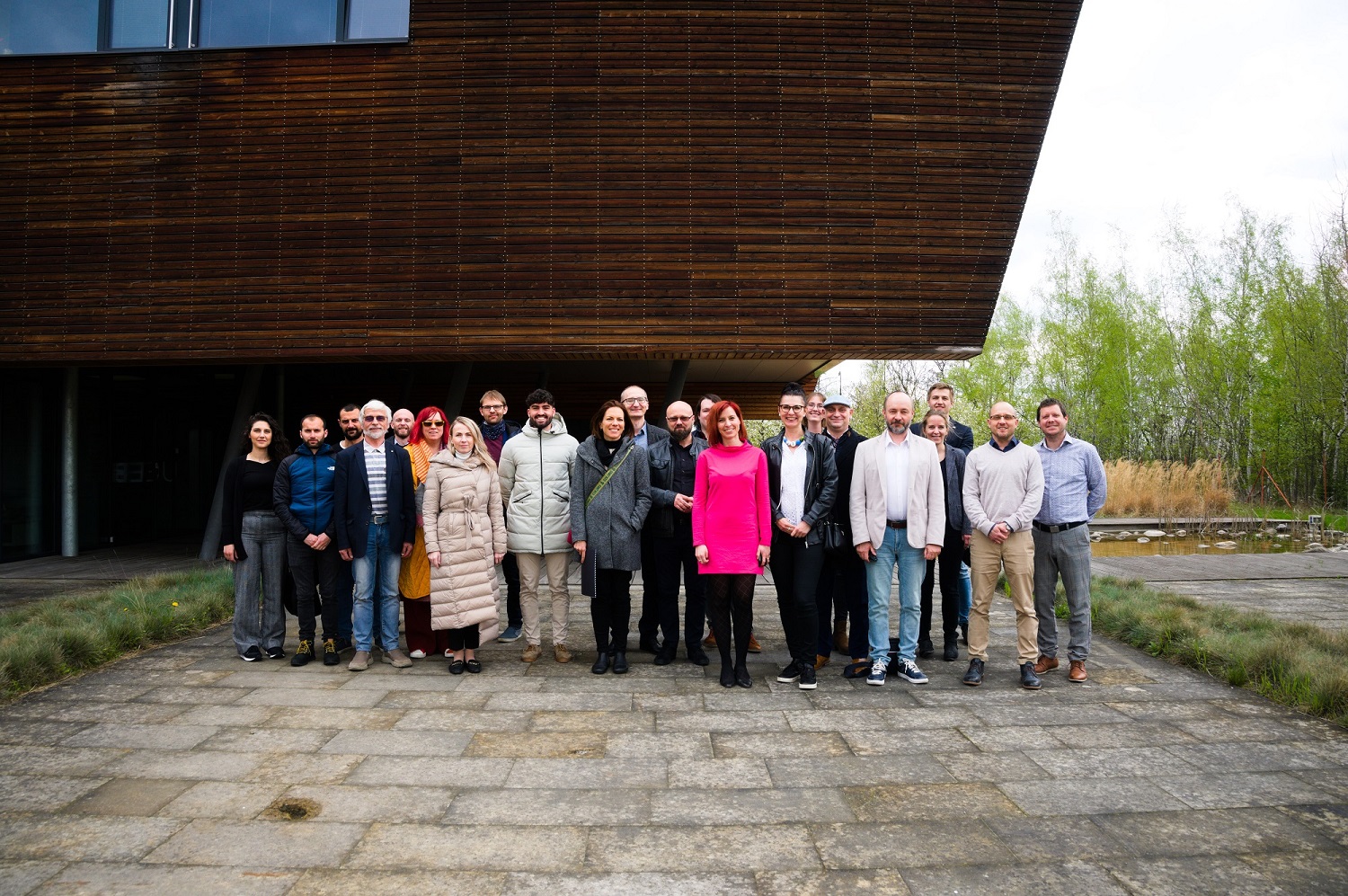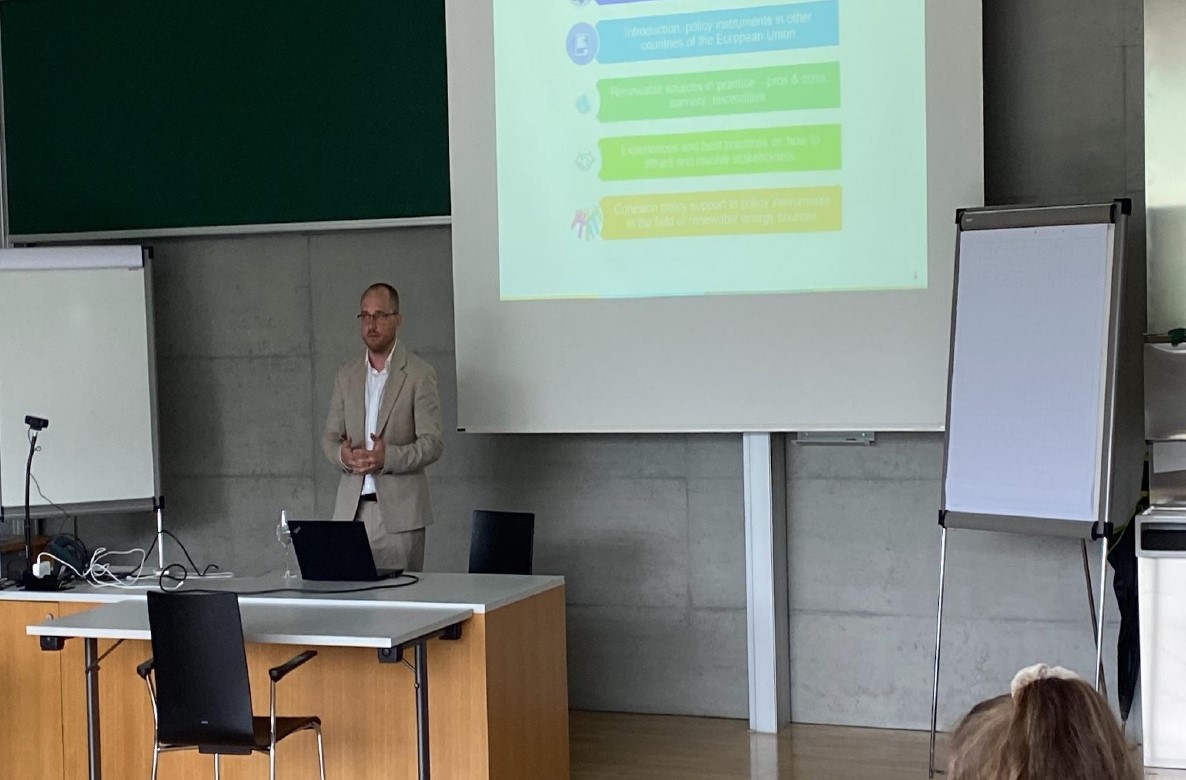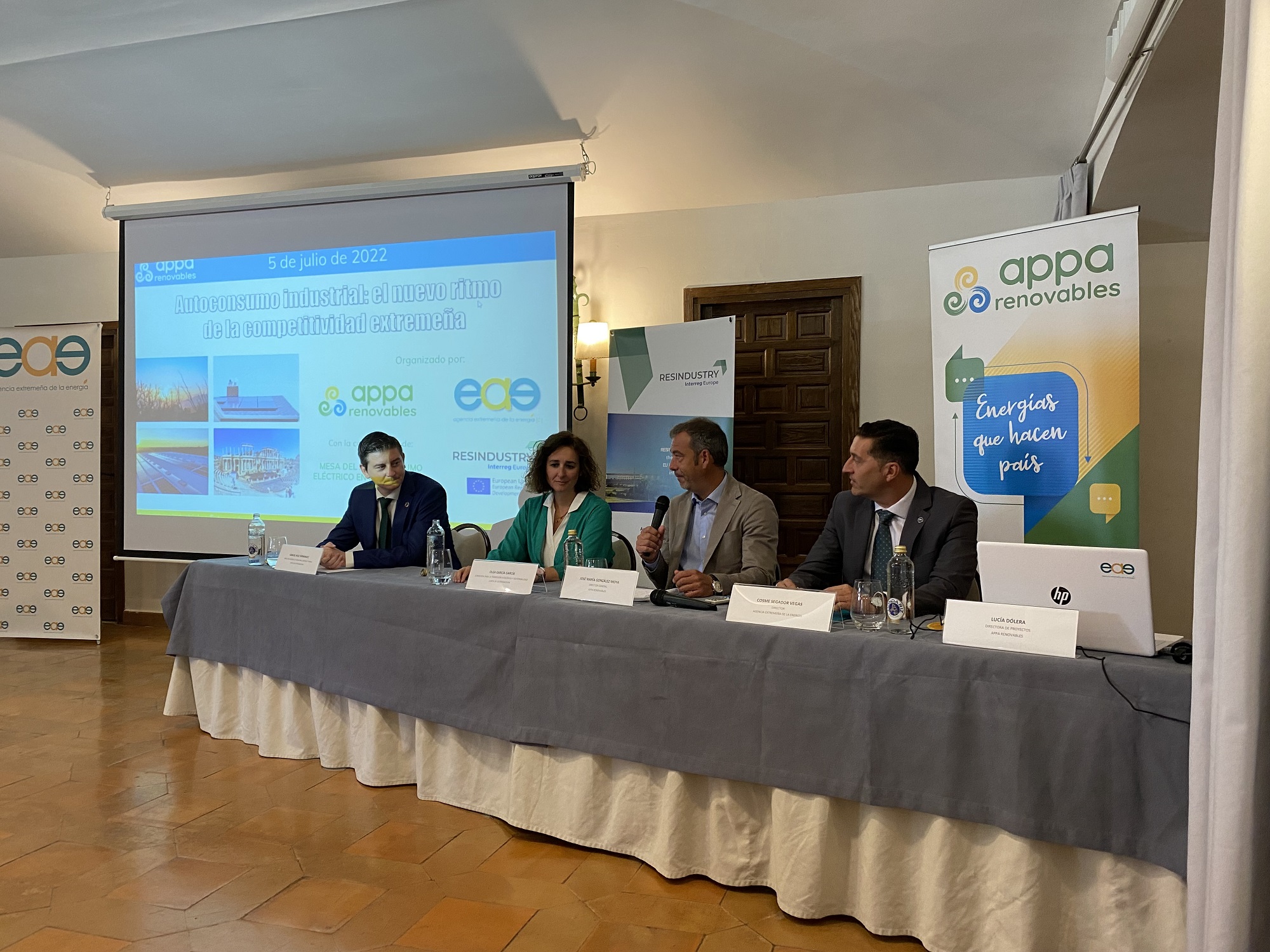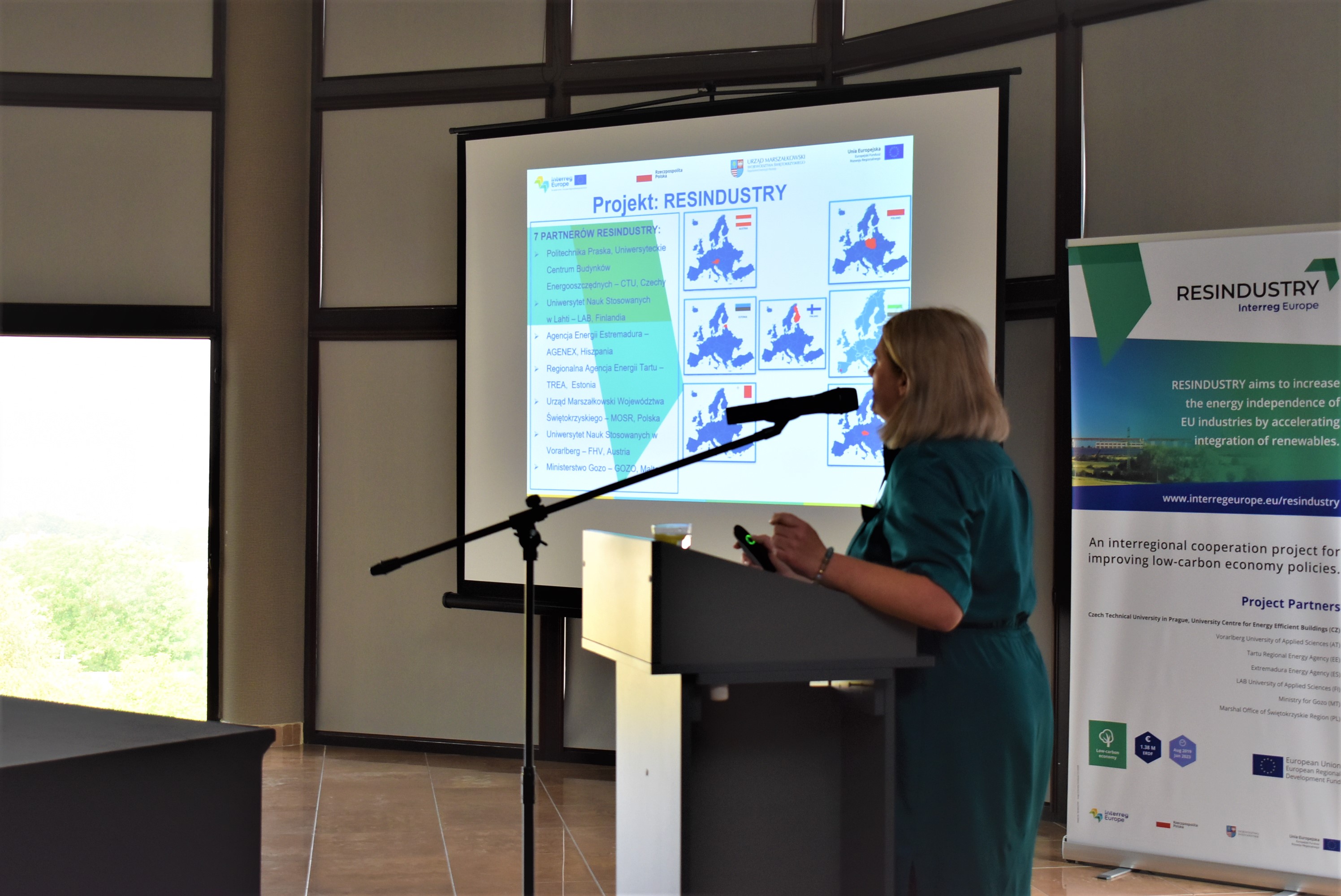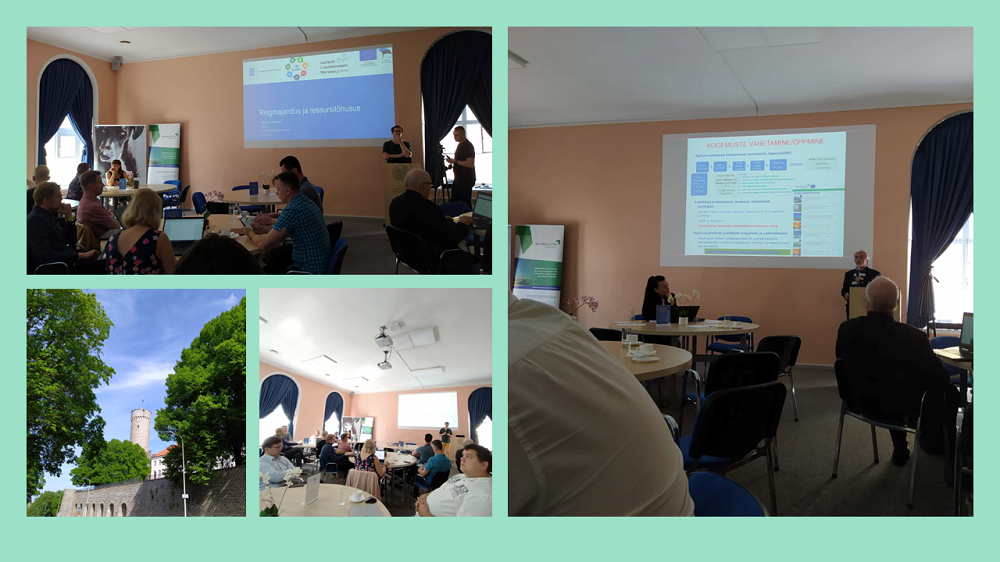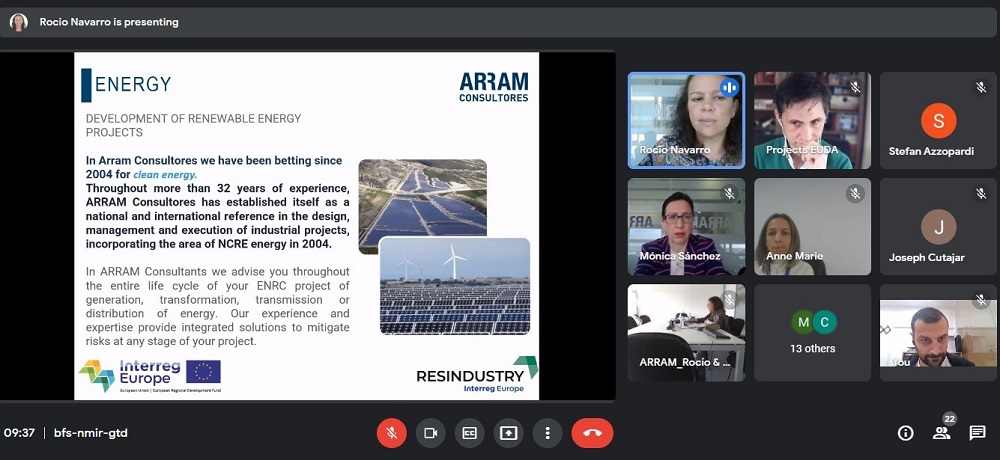Crustal surveys started in May in Paldiski, during which geological situation to build pumped storage station will be investigated. The studies are necessary to determine the geological construction conditions, to prepare the construction project and to assess the environmental impacts of the project implementation. Reservoirs, water intake inflow channel, turbine room, entrance shaft, ventilation and cable shafts and access tunnels are planned underground, with lower reservoirs and turbines located depth of 730 meters, inside the rocks of crystalline basement. At the proposed scale, the pumped hydro energy storage is the cheapest option for energy storage.
Estonian Pumped-Hydro Energy Storage (PHES) is an energy storage device that stores renewable electricity using the potential energy of water. PHES supplies electricity to consumers when renewable electricity is low on the electricity system by flowing water from the upper reservoir (sea) to the lower reservoirs through the turbines located 730 meters below sea level. Station generates power by three 167MW Francis-type pump-turbine units with total nominal power of 522 MW and pumps water back to the upper reservoir by consuming nominal power 496 MW. The nominal water flow in the system is 96 cubic meters in second, which would fill a standard Olympic swimming pool in 26 seconds. Water flow velocity on the water intake screen does not exceed 1 meter per second. With nominal power 500 MW the station can generate electrical power for 12 hours and can produce 6 GWh. The capacity factor of the power plant is 80%, which means that for pumping the filled reservoir completely dry will consume 7,5 GWh. In practice the need for storing and generating energy alternates within the twenty-four hours repeatedly depending on electricity price and needs – PHES with very rapid response is ideal for doing that, also for balancing the grid and providing peak power. With nominal power of 500 MW station will be able to cover one third of Estonian peak consumption for 12 hours and around half of average consumption of even longer period.

Figure 1. Paldiski’s Pumped-Hydro Energy Storage station scheme (www.energiasalv.ee)
According Energiasalv Pakri construction will account for approximately 7 percent of Estonia's total infrastructure construction over eight years, creating approximately 700 direct and indirect jobs and bringing the state tax revenue in the amount of 200 million euros. The 500-megawatt pumped storage power plant is needed for balancing storage for current and upcoming uncontrolled renewable energy capacities. Plant operation will help to use more locally produced renewable electricity inland. It gives relief for Estonia’s high carbon intensity electricity production from oil shale as there will be possibilities to cover electricity needs with local renewable energy production and storage integration solution. Operating the pump-hydro plant will reduce carbon emissions by 8,5 million tons that is 30-40% reduction compared with recent emissions levels of Estonia. It is planned that the station will start operating in 2029.
References:
Energiasalv webpage. Energiasalv Pakri OÜ. energiasalv.ee (15.06.2020)
Paldiskis algasid pump-hüdroakumulatsioonijaama uuringud. Postimees – 11.05.2020. majandus24.postimees.ee/6970157/paldiskis-algasid-pump-hudroakumulatsioonijaama-uuringud (15.06.2020)


